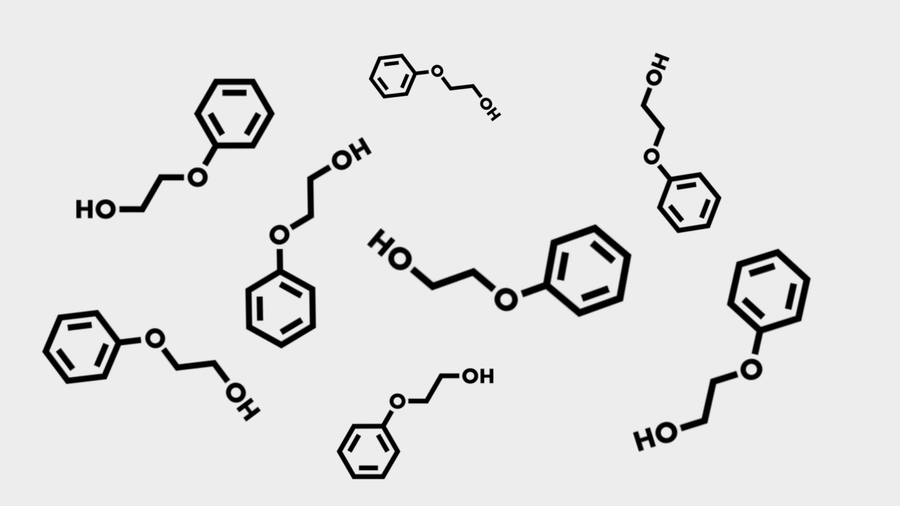If your skin has started freaking out seemingly out of nowhere—stinging when you apply products, breaking out more than usual, or feeling tight and uncomfortable—it might not be a random phase. You could be dealing with a damaged skin barrier.
This is one of the most common (and commonly misunderstood) issues in skincare. The good news? Once you know the signs, it’s entirely possible to repair your skin barrier and get back to a place of calm, clear, healthy skin. Let’s break down what your skin is trying to tell you—and what to do about it.
What Is the Skin Barrier?
Your skin barrier is the outermost layer of your skin—also called the stratum corneum. Think of it like a brick wall: skin cells are the bricks, and natural lipids are the mortar holding them together.
This layer protects your skin from environmental stressors, allergens, bacteria, and moisture loss. When it’s healthy, your skin feels smooth, balanced, and resilient. When it’s damaged, everything starts to feel a little… off.
How to Tell If Your Skin Barrier Is Damaged
Here are the most common signs:
- Redness or inflammation that won’t go away
- A burning or stinging sensation when applying products
- Skin that feels tight, dry, or flaky—even after moisturizing
- Sudden breakouts or congestion, especially with no other trigger
- Increased sensitivity to heat, cold, or touch
- Dull or “angry-looking” skin that feels hard to calm down
- Products you used to love now cause irritation
Sound familiar? If you’re nodding your head, there’s a good chance your skin barrier is compromised. And while that can feel frustrating, it’s also fixable.
What Causes Barrier Damage?
There are a few common culprits:
- Over-exfoliating with scrubs, acids, or strong actives like retinoids
- Using too many products at once, especially if they’re not designed to work together
- Fragrance and essential oils, which can irritate sensitive skin over time
- Harsh cleansers or toners that strip your skin of natural oils
- Environmental factors like sun exposure, wind, cold, or pollution
- Stress, lack of sleep, or poor nutrition, which all affect your skin’s ability to repair itself
If you’ve been chasing clear skin by layering on every active ingredient you can find, you’re not alone. But sometimes, more is not better—especially for sensitive or reactive skin.
How to Fix a Damaged Skin Barrier
The first step is to stop doing the things that caused the damage. This means simplifying your routine and creating space for your skin to heal.
Here’s how to start:
- Pause exfoliants and actives (like retinoids or strong acids) until your skin is fully recovered.
- Switch to a gentle, fragrance-free cleanser—nothing foamy or stripping.
- Moisturize generously with a barrier-repairing cream.
- Apply moisturizer on damp skin to lock in hydration.
- Avoid hot water, long showers, and over-washing your face.
Less is more right now. The goal is to calm your skin, rebuild your barrier, and prevent further stress.
Best Ingredients for Barrier Repair
When your barrier is compromised, you want ingredients that are soothing, supportive, and non-irritating. These are our go-tos:
- Niacinamide – Strengthens the barrier, reduces inflammation, and improves texture
- Colloidal oatmeal – Soothes redness and relieves itching or dryness
- Allantoin – Speeds healing and helps soften skin
- Ceramides, squalane, panthenol – Restore moisture and help rebuild the lipid layer
- Purslane extract – Rich in antioxidants and anti-inflammatory compounds
Night C.A.P. was formulated specifically with these concerns in mind. It combines many of the above ingredients into a single, non-greasy, multitasking night cream that supports your skin barrier while you sleep—without overloading your routine.
How Long Does It Take to Heal?
Skin barrier repair takes time, but your skin is resilient.
- Mild damage (dryness, mild stinging): 7–10 days
- Moderate damage (redness, irritation, breakouts): 2–4 weeks
- Severe damage (visible peeling, cracking, ongoing discomfort): 4–6+ weeks
The most important thing is consistency. Stick to your simplified routine and resist the urge to try new products until your skin is fully recovered.
When to See a Dermatologist
If you’ve followed a barrier-repairing routine for several weeks and your skin still feels raw, inflamed, or painful, it’s time to seek professional help.
You should also see a dermatologist if:
- You have cracks or open wounds on your skin
- You’re dealing with recurring infections or flare-ups
- You’ve been diagnosed with conditions like eczema, rosacea, or psoriasis
TL;DR
Your skin barrier is what keeps everything in balance—and when it’s damaged, your skin can feel irritated, reactive, and out of control. But with the right approach, you can repair it.
The signs: redness, sensitivity, flaking, breakouts
The solution: simplify, soothe, support
The ingredients to reach for: niacinamide, colloidal oatmeal, allantoin, and purslane
The product to start with: Night C.A.P. — one jar, eight benefits, barrier-safe
Want to Repair Your Skin Barrier the Easy Way?
Try Night C.A.P. — our 8-in-1 night cream formulated with barrier-loving ingredients and zero irritants. It’s safe for sensitive skin, fragrance-free, and designed to calm and strengthen your skin while you sleep.








